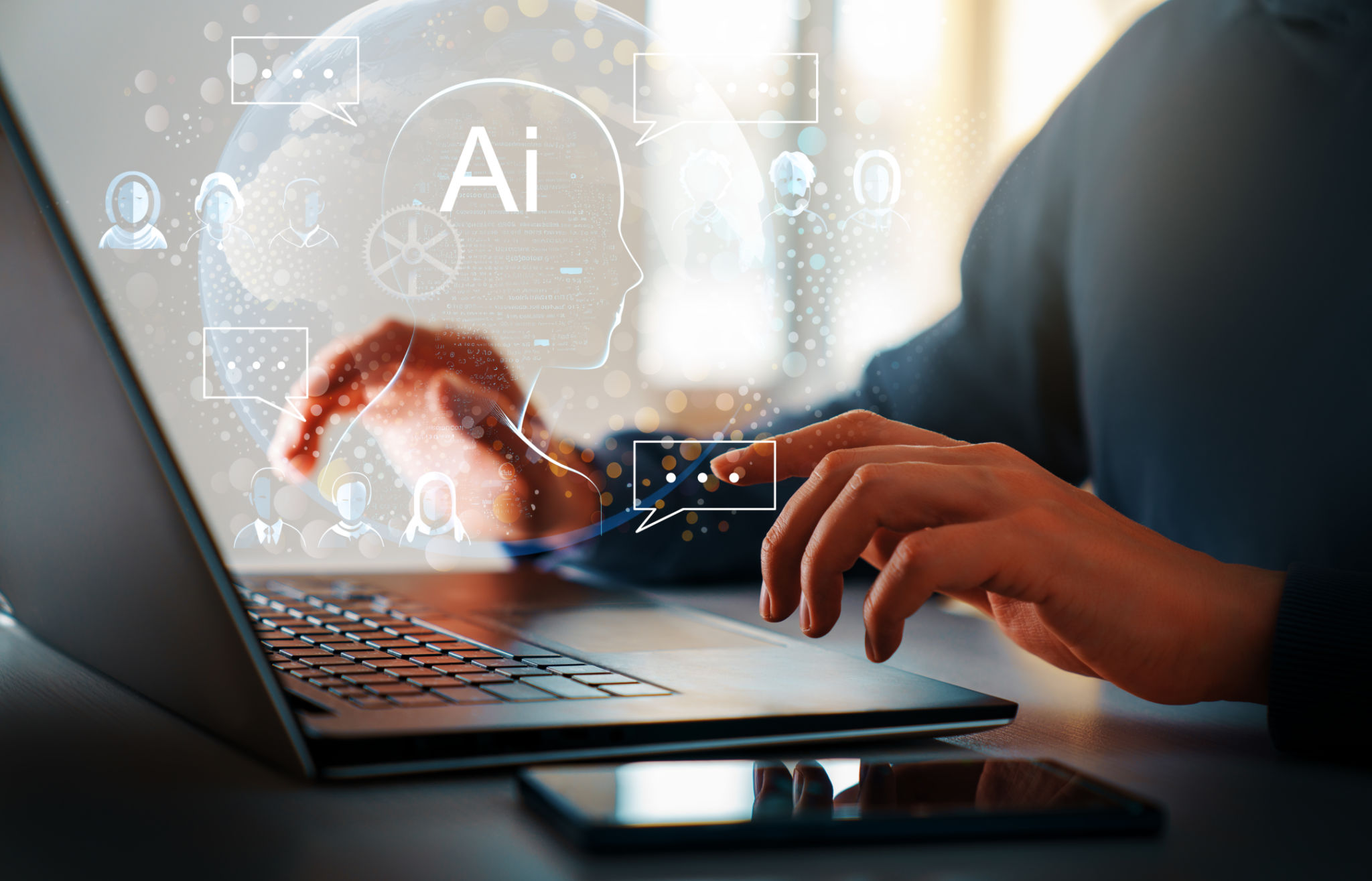Myth-Busting AI Tools: Common Misconceptions Debunked
Introduction to AI Misconceptions
The rapid advancement of artificial intelligence (AI) has transformed numerous industries, yet misconceptions about AI tools persist. These misunderstandings can lead to unwarranted fear or unrealistic expectations. In this blog post, we'll debunk some common myths surrounding AI tools and provide a clearer understanding of their capabilities and limitations.

Myth 1: AI Will Replace Human Jobs
One of the most pervasive myths is that AI will replace human jobs entirely. While it's true that AI can automate certain tasks, it doesn't mean humans will be left without work. Instead, **AI is expected to complement human efforts**, allowing people to focus on more complex and creative tasks. According to several studies, AI can increase productivity and create new job opportunities that we haven't even imagined yet.
For instance, in the healthcare sector, AI tools assist doctors by analyzing medical data more quickly and accurately than humans can. This enables healthcare professionals to spend more time on patient care rather than getting bogged down in paperwork.
Myth 2: AI Is Infallible
Another common misconception is that AI systems are infallible and make perfect decisions. In reality, AI is not immune to errors. **AI algorithms are only as good as the data they are trained on**, which means biases present in the data can lead to biased outcomes. It's crucial for developers to continuously monitor and refine AI models to ensure accuracy and fairness.

Furthermore, AI tools require human oversight to interpret their results correctly. Over-reliance on AI without human judgment can lead to serious consequences, especially in critical areas such as legal judgments or medical diagnoses.
Myth 3: AI Can Think Like Humans
AI tools are often portrayed as having human-like thinking abilities, but this is not the case. **AI lacks consciousness and emotional intelligence**, which are unique to humans. AI systems operate based on algorithms and do not possess the ability to understand context or emotions like humans do.
For example, while natural language processing (NLP) tools can analyze text and produce responses, they do so by identifying patterns rather than genuinely understanding the content. This limitation means that AI cannot replace human interaction, particularly in areas where emotional intelligence is key.

Myth 4: AI Development Is Out of Control
Some people fear that AI development is progressing at an uncontrollable rate and could potentially become a threat. While AI technology is evolving rapidly, it is still governed by strict ethical guidelines and regulations. **Responsible AI development** involves collaboration between technologists, policymakers, and ethicists to ensure safe and beneficial progress.
Efforts are being made globally to establish ethical standards for AI development, ensuring transparency and accountability. These measures help in maintaining control over AI advancements while maximizing their positive impact on society.
Conclusion: Embracing AI with Clarity
Misconceptions about AI tools often stem from a lack of understanding or sensationalized portrayals in media. By debunking these myths, we can foster a more informed perspective on AI's role in our world. **AI is a powerful tool that, when used wisely, can enhance human capabilities** and drive innovation across various sectors.
As we continue to integrate AI into our daily lives, it's essential to approach it with both optimism and caution, acknowledging its potential while being aware of its limitations. With the right balance, AI can be a tremendous ally in addressing some of the most pressing challenges of our time.